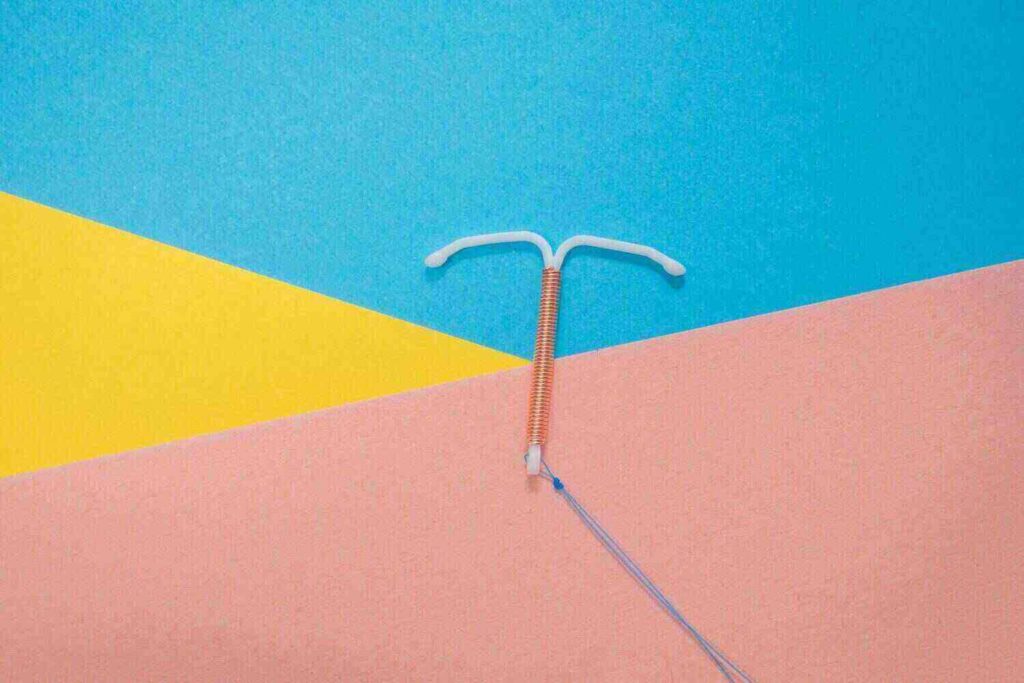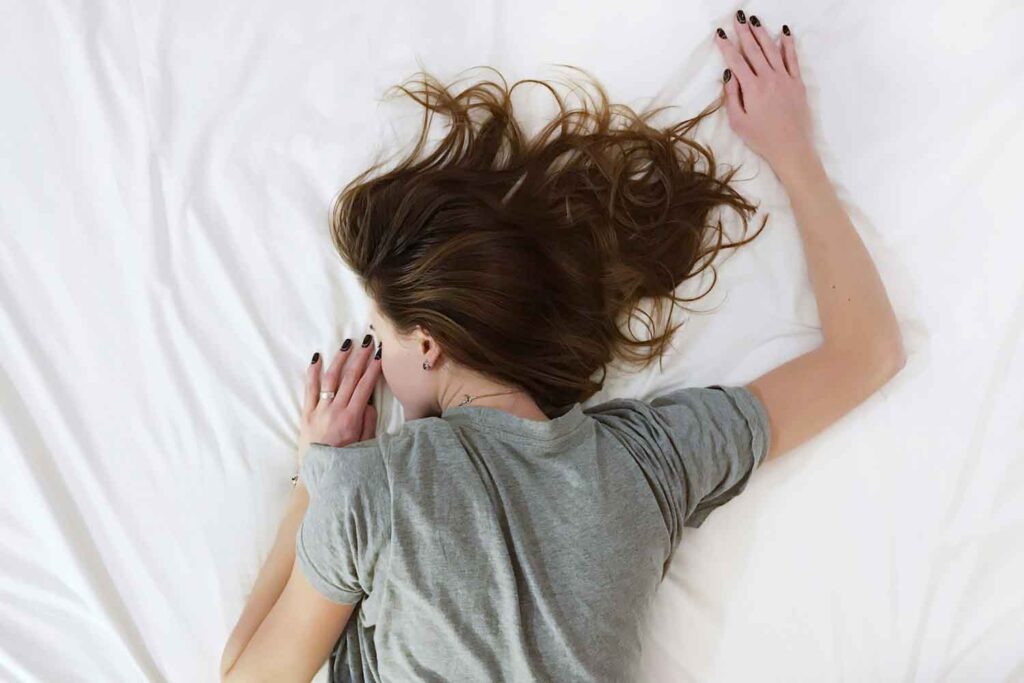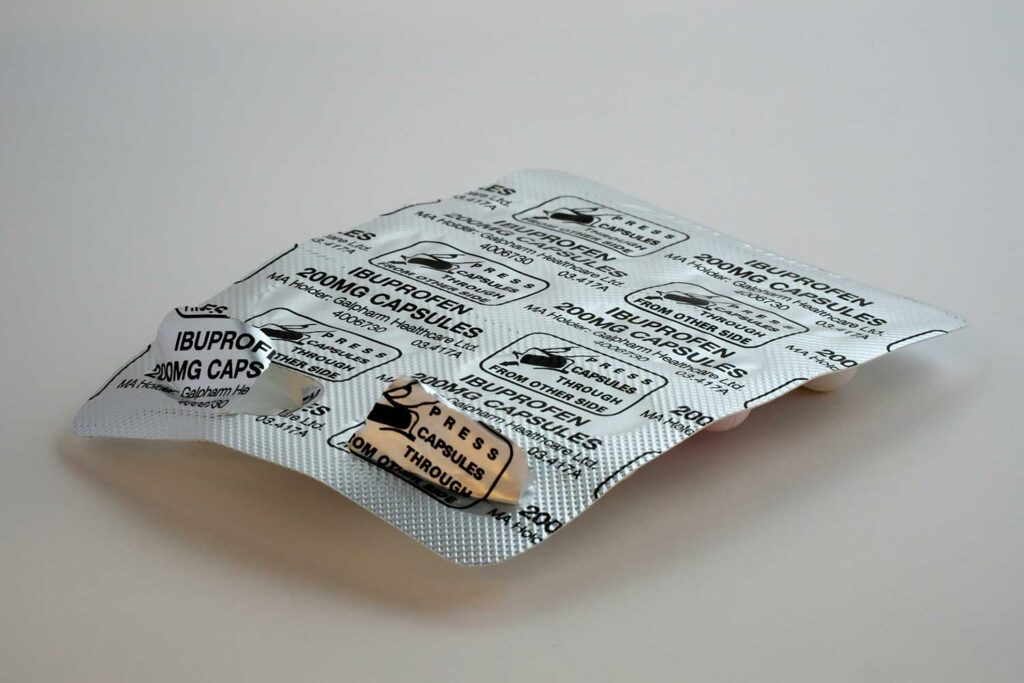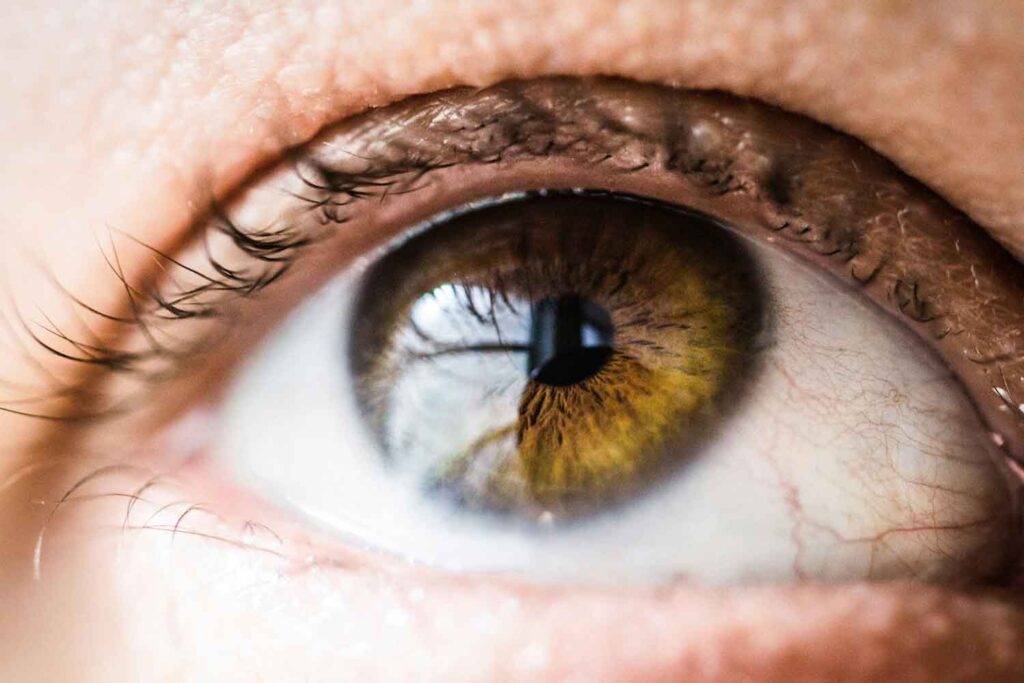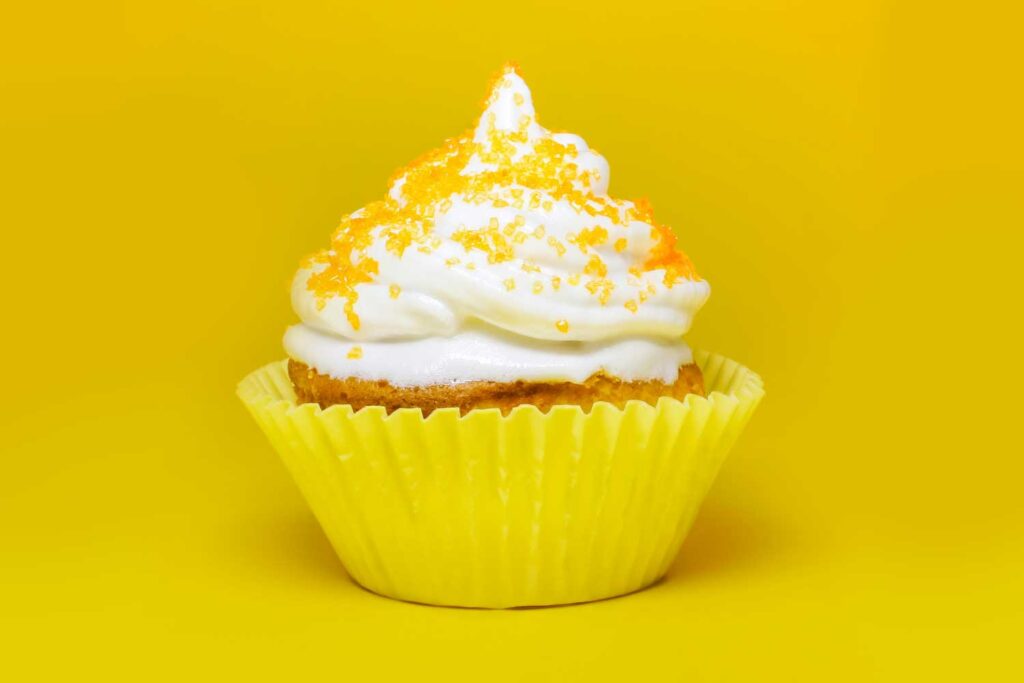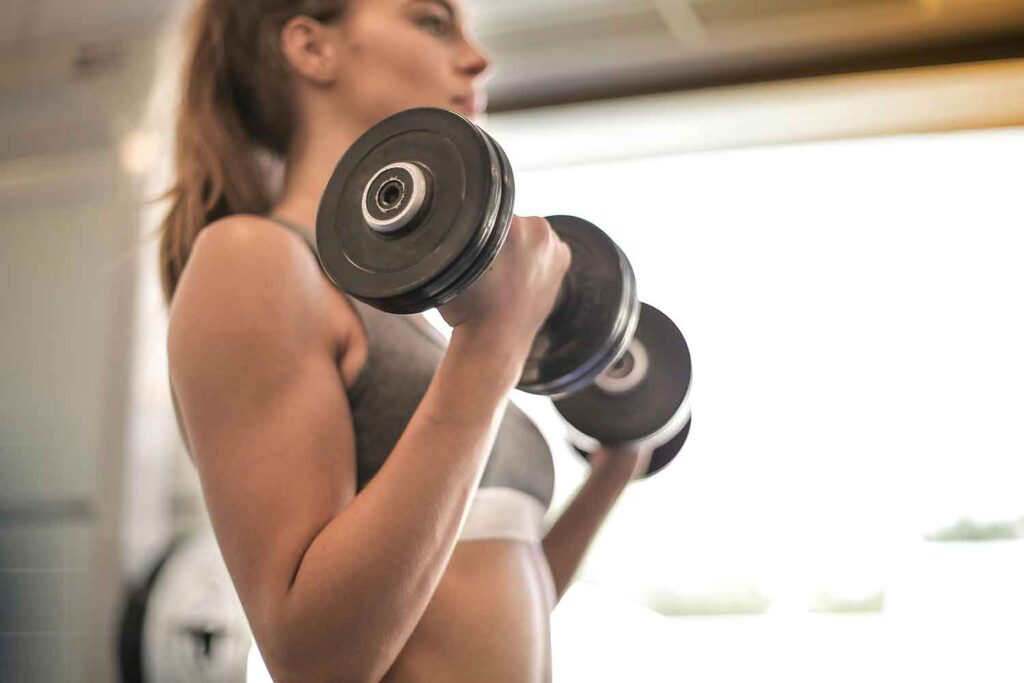How to Feel High Without Weed

If you miss the feeling of getting high but are on a weed tolerance break or have to abstain from weed for other reasons, you’re not alone. However, is it possible to feel high without weed or other substances? We think so! Here’s what we know about how to feel high without weed.
Photo: Unsplash
How to Feel High Without Smoking Weed
Before we get into the ways you can feel high without smoking weed, let’s discuss what’s happening when you’re high on weed.
As you probably already know, the main cannabinoid responsible for your high is tetrahydrocannabinol (THC). However, other compounds in the weed such as terpenes may impact the type of high you have.
For example, alpha pinene may reduce anxiety or increase focus.
But let’s get back to the science of getting high. When you take a hit from your bong, THC eventually enters your brain.
Daniele Piomelli, a professor of anatomy & neurobiology, biological chemistry, and pharmacology at the University of California, Irvine School of Medicine told Live Science, “When THC enters the brain, the molecules diffuse into the synapses where they “activate CB1 receptors,”
The result is a euphoric feeling we describe as a high.
What’s important to note is that THC causes the release of dopamine. Dopamine is the definition of a feel good neurotransmitter.
According to Harvard University, “Dopamine is most notably involved in helping us feel pleasure as part of the brain’s reward system. Sex, shopping, smelling cookies baking in the oven — all these things can trigger dopamine release, or a “dopamine rush.””
Therefore, when looking for ways to feel high without smoking weed, you should focus on activities that release dopamine.
Of course, other substances release dopamine such as shrooms however if you’re taking a break, we have a couple of suggestions.
Get Moving
Have you ever noticed that you felt great after exercising, even if you didn’t even want to do it in the first place? This is not all in your head. It’s scientifically proven that exercise activates the brain’s reward center. That’s why you’ll hear people talking about getting a “runner’s high”.
According to Greater Good Magazine, “When you exercise, you provide a low-dose jolt to the brain’s reward centers—the system of the brain that helps you anticipate pleasure, feel motivated, and maintain hope.”
Unlike weed, that has been linked to blunting the dopamine system over time, exercise has the opposite effect.
Greater Good Magazine mentions, “Over time, regular exercise remodels the reward system, leading to higher circulating levels of dopamine and more available dopamine receptors.”
If you hate going to the gym, don’t worry, you can explore other ways you can incorporate exercise into your life.
The Greater Good Magazine says that you can achieve the “feel good” benefits of exercise through any sustained physical activity.
It’s recommended that you speak to your doctor before starting physical activity, especially if you weren’t active before.
Healthline says, “An early checkup can detect any health problems or conditions that could put you at risk for an injury during exercise.”
However, if it’s safe for you, there are many ways you can start exercising.
- Start slow. Starting out by moving a little every day can help you reap the benefits and develop a habit.
- Find activities you enjoy. Some examples are walking, running, dancing, and swimming.
- Remember to warm up and cool down.
- Check out YouTube for exercise videos if you want to do at home workouts.
Meditate
Your friends who rave about yoga were definitely on to something. Next time you’re invited to a yoga session, you might want to consider going.
Meditation is one way you can put more dopamine into your system. Meditation is actually not only about doing yoga.
According to Cleveland Clinic, “Meditation is a practice that involves focusing or clearing your mind using a combination of mental and physical techniques.”
The idea that practicing meditation can make you feel good is backed by science. According to a 2002 study, the researchers noticed a 65% increase in dopamine due to meditation.
Meditation can even help with anxiety. A 2015 article says, “Based on studies conducted so far, it has been found that the practice of meditation triggers neurotransmitters that modulate psychological disorders such as anxiety.”
So, if anxiety is a reason you usually reach for your blunt, maybe meditation can help your break from weed more manageable.
If you’re ready to start your meditation journey, there are tons of resources out there for you.
You can:
- Check out podcasts, YouTube videos, apps and blogs on meditation and mindfulness.
- Attend yoga sessions in your community
- Ask professionals to guide your meditation journey
- Make it a habit to practice mindfulness everyday
In addition to those tips, Cleveland Clinic recommends paying special attention to your surroundings. They mentioned, “Meditation is best in a place that’s quiet, calming and comfortable.”
Make Fun Plans
Have you ever come back from a vacation feeling great? There’s a reason for that!
Apparently travel can raise your dopamine levels. Forbes says, “Not only does planning a trip make you happy, but the emotional benefits of travel stay with you long after you’ve returned home.”
Traveling is not the only fun activity you can do to increase your dopamine levels and feel high without weed.
Any fun activity can do.
Forbes says, “When we look forward to doing something fun, it triggers a release of dopamine, a neurotransmitter that helps control the brain’s reward and pleasure centers.”
Therefore, we recommend making more frequent plans to do what you love. For example, if you love going out to eat, make a dinner date with someone whose company you enjoy. Not only will you get dopamine from looking forward to the plan but you’ll get dopamine during the dinner.
HuffPost says, “Some studies even say that eating results in a dopamine release twice: first when the food is eaten and again when the food is in the stomach.”
Listen to Your Favorite Songs
Listening to music is a well known dopamine booster. That’s why you immediately feel better after hearing your favorite song.
As a matter of fact, Intermountain Health says, “Dopamine is not only released during peak musical moments but also when we anticipate those moments. It’s like our brain is rewarding us for knowing a really great chorus is just about to hit!”
Scientists dove a little deeper into the relationship between dopamine and music.
A 2019 study concluded, “the present findings show a causal role of dopamine in musical pleasure and shed light on the role of the human dopaminergic system in abstract rewards.”
Therefore, if you want to feel high without weed, create a playlist with your favorite songs and keep it handy for when you’re feeling down. You can create separate playlists based on the genre, year or even the singer.
Not sure where to start? Check out our special playlists, specially created for stoners.
Takeaways
Wondering how to feel high without weed? Well, you have options. You can exercise, meditate, make plans to do activities you love and listen to your favorite songs. While it won’t feel the same as a weed high exactly, you’ll feel good anyway and that’s what matters, right?


